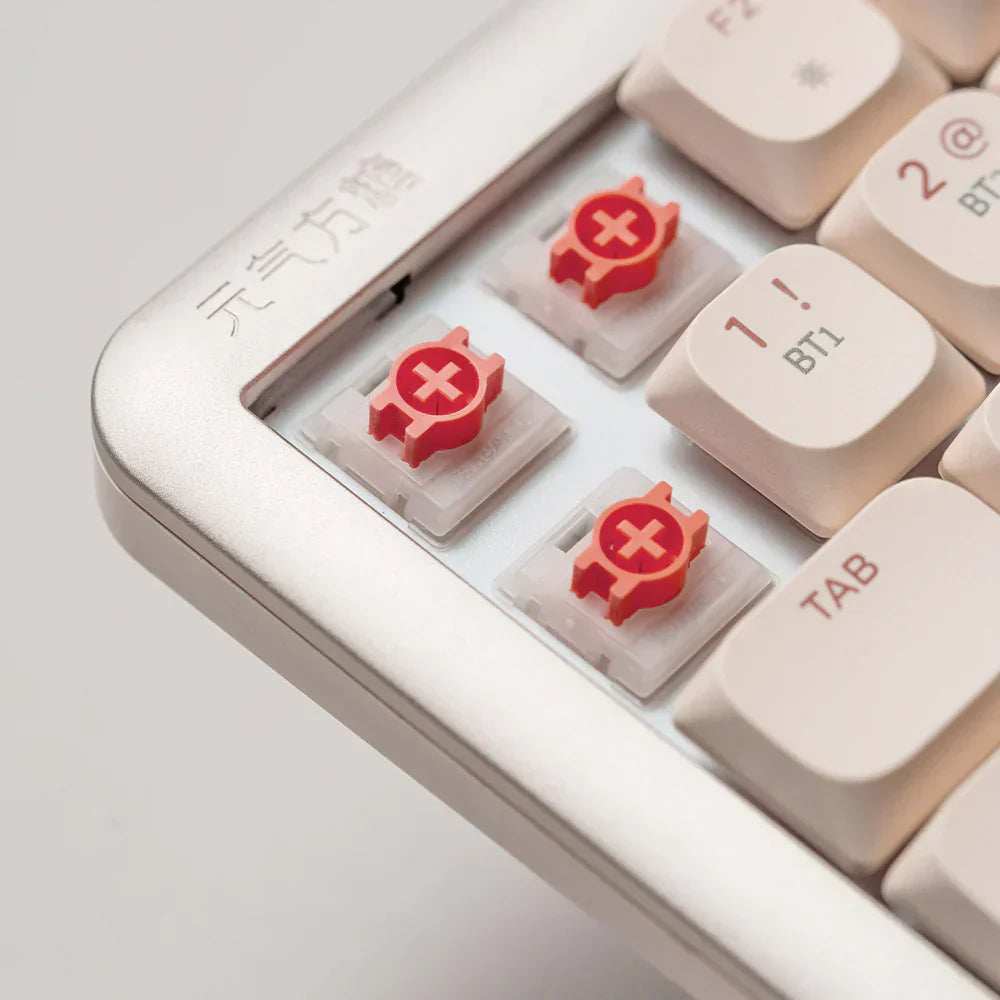
Mechanical keyboards have evolved from niche gamer gear into must-have tools for professionals, creators, and anyone who types regularly. One of their biggest advantages? The ability to “change the key”—not just literally, but in multiple ways. Whether you want a new typing sound, smoother feel, or cleaner aesthetic, mechanical keyboards offer a level of personalization unmatched by traditional ones.
This article dives deep into what it means to change a key, from swapping keycaps and switches to remapping layouts and modifying stabilizers. If you're ready to take your keyboard experience to the next level, read on.
In the world of mechanical keyboards, "changing the key" goes far beyond removing a keycap. It includes:
Each method offers unique benefits, and we’ll walk you through how to do them safely and effectively.
Upgrading your keycaps is the easiest and most satisfying way to personalize your board. Choose from minimalist monochromes, retro themes, or bold colors to match your setup. Different materials and profiles also affect how the mechanical keyboard feels under your fingers.
Material Options:
Common Profiles:
Tools: Wire keycap puller, optional microfiber cloth and compressed air.
Steps:
Tip: Replace one row at a time to avoid mixing different keycap profiles.
The switch determines how your keyboard sounds and feels. Whether you like soft linear action or tactile clicks, swapping switches lets you tailor your mechanical keyboard to your preferences.
You might replace switches to:
Hot-Swap vs. Soldered Boards:
Tools for Hot-Swap Boards:
Switch puller, optional switch opener, lubricant, brush, and tweezers.
Steps:
Optional Mod: Lubricate the switch with dielectric grease for a smoother, quieter action.
Ideal for productivity users, coders, and multitaskers, remapping allows you to change what each key does or even build layered key combinations.
Common Uses:
Popular Tools:
Example: Assign “Ctrl + Alt + D” to open a specific app or remap the right Shift to a dedicated emoji key.
Stabilizers affect how larger keys like Spacebar, Shift, and Enter feel. Rattling, shaking, or mushy keys often signal the need for a mod or replacement.
Mod Options:
Recommended Tools:
Precision screwdriver, dielectric grease, brush, tweezers, and scissors.
Steps:
Customizing your mechanical keyboard isn't just about looks—it's a way to make your everyday tools more comfortable, efficient, and personal. Whether you're chasing a specific aesthetic or fine-tuning key feel to match your typing rhythm, changing your keyboard setup is a journey of discovery.
Take the time to explore. Swap, remap, lube, or mod—just don’t settle for “stock.” This is your mechanical keyboard. Make it yours.
Your cart is empty